The glossy Instagram posts and enthusiastic travel blogs about Southeast Asia rarely tell the complete story. Between the pristine beaches, ancient temples, and vibrant street markets lie practical realities that can make or break your backpacking experience. Most travelers learn these lessons the hard way – through missed connections, unexpected expenses, or physical discomfort that could have been avoided.
Here is a list of 20 crucial insights about backpacking Southeast Asia that seasoned travelers wish someone had shared before they embarked on their journeys.
The Real Cost of ‘Cheap’ Travel
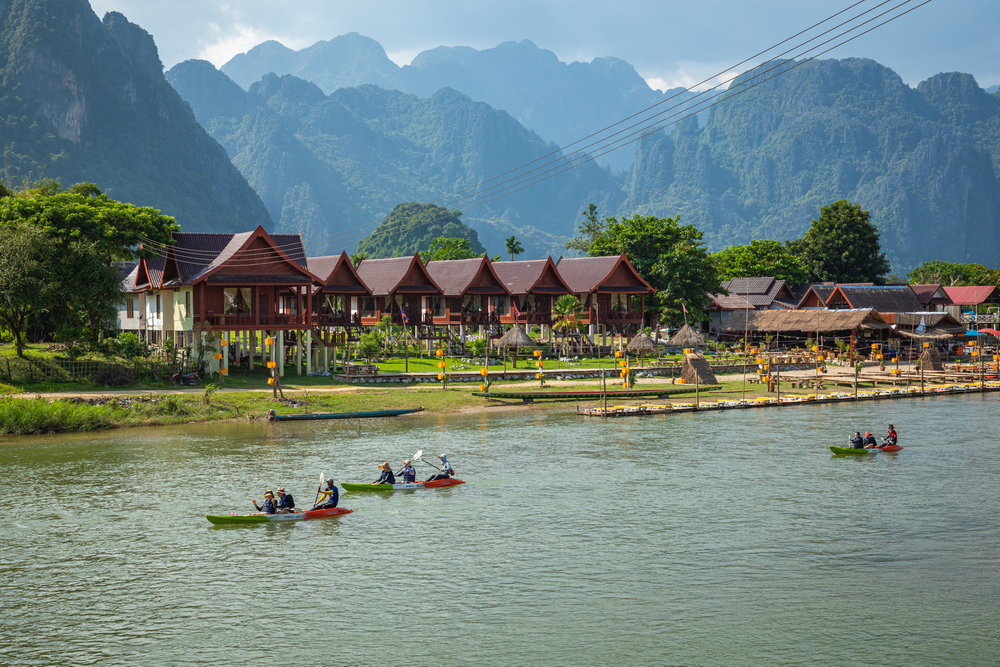
Southeast Asia isn’t nearly as inexpensive as travel myths suggest – at least not anymore. While you can certainly find $5 dorm beds and $1 street food, any semblance of Western comfort quickly escalates costs.
Air-conditioned rooms, Western food cravings, and regular transportation between destinations add up fast. Budget travelers typically spend $25-40 daily rather than the often-quoted $15-20. The actual expense comes from activities – cooking classes, scuba certification, or jungle treks that easily cost $30-100 each.
It is better to budget generously and come home with money left than constantly stress about funds halfway through.
Bathroom Realities Nobody Mentions
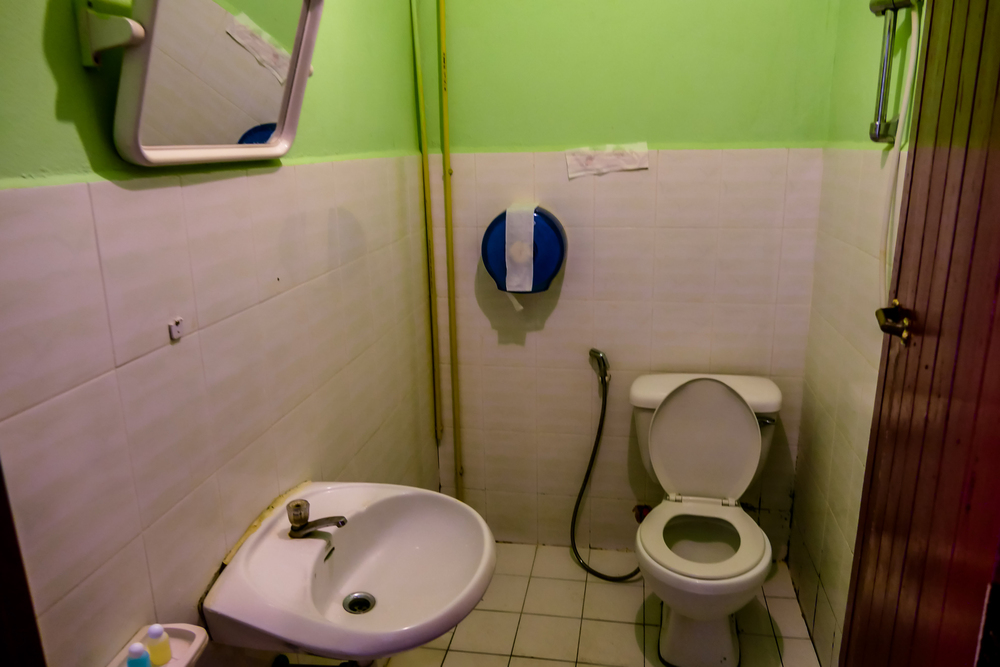
Toilet situations vary wildly across the region – from ultra-modern Japanese-style facilities in Singapore malls to basic squat toilets without paper in rural areas. What nobody adequately prepares you for: carrying toilet paper everywhere, mastering the squat position without toppling over, and occasionally finding creatures sharing your bathroom space.
Adapting to different bathroom norms requires mental flexibility more than physical preparation. Savvy travelers pack pocket tissues and hand sanitizer and develop what locals call ‘elephant ankles’ – the balance needed for proper squat toilet form.
Like Travel Pug’s content? Follow us on MSN.
Transportation Time Warping
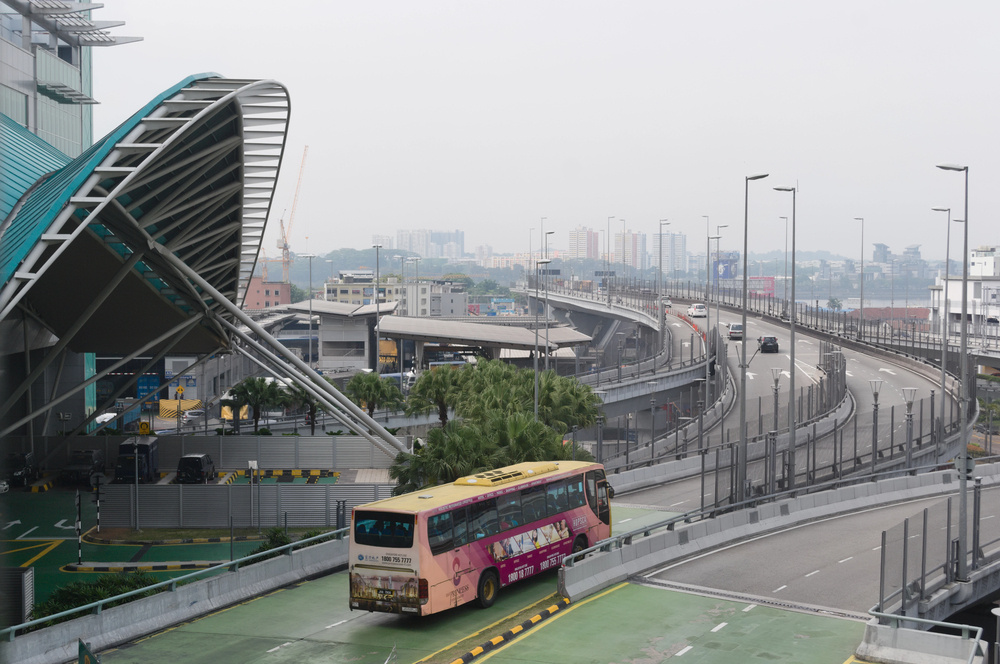
Distance means something completely different in Southeast Asia. A seemingly short 100-mile journey might consume an entire day thanks to winding mountain roads, frequent stops, or vehicles breaking down.
What appears as a quick hop on Google Maps transforms into an 8-hour odyssey involving multiple vehicles, unexpected transfers, and plenty of waiting. Experienced travelers never plan ‘morning transportation, afternoon activity’ itineraries.
Each journey deserves its day, with any arrival activities considered a bonus rather than an expectation.
The Backpacker Bubble Trap

Popular destinations feature established ‘backpacker ghettos’ – areas completely overrun with Western travelers where prices inflate while authenticity evaporates. Places like Bangkok’s Khao San Road, Bali’s Kuta, or Siem Reap’s Pub Street create comfortable bubbles where travelers never need to engage with local culture.
The real Southeast Asia exists just a few streets beyond these tourist enclaves – where food tastes better, costs less, and cultural exchanges happen naturally. Make a rule to walk at least 15 minutes beyond the main tourist areas for meals and accommodations. The experience transforms entirely.
Weather Beyond ‘Rainy Season’
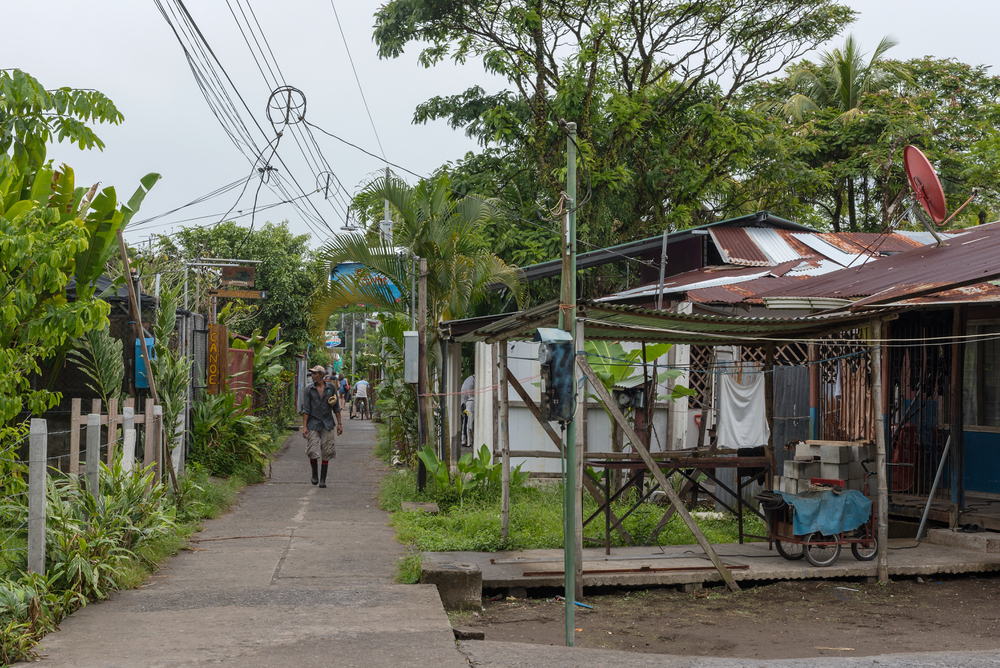
Guidebooks simplistically divide Southeast Asian weather into ‘dry’ and ‘rainy’ seasons, but reality proves far more complex. Even in the dry season, afternoon downpours happen regularly in many regions.
Meanwhile, ‘rainy season’ often means brief, intense storms followed by sunshine rather than days of continuous precipitation. The real weather consideration isn’t rain but humidity – which hovers between 70-90% year-round in much of the region.
This perpetual moisture affects everything from how quickly clothes dry to how electronics perform. Pack quick-dry fabrics and waterproof pouches for electronics regardless of when you visit.
Like Travel Pug’s content? Follow us on MSN.
The Temple Fatigue Phenomenon

Southeast Asia boasts thousands of magnificent temples – from Angkor Wat to Borobudur – but most travelers experience ‘temple fatigue’ after visiting just a handful. What begins as awe-inspiring cultural immersion gradually transforms into ‘another day, another temple’ without proper pacing.
Smart travelers intersperse temple visits with completely different activities rather than attempting temple marathons. Give each major site its day, followed by temple-free experiences like cooking classes or nature excursions.
This rhythm maintains appreciation for these architectural and spiritual treasures throughout your journey.
Street Food Safety Misconceptions

Contrary to popular advice, the busiest street food stalls aren’t necessarily the safest. Locals often patronize establishments based on habit, price, or convenience rather than hygiene standards.
Better indicators include watching food preparation practices, checking how vendors handle money versus food, and observing the cleanliness of preparation surfaces. Counterintuitively, some humble street carts maintain higher standards than enclosed restaurants, where practices remain hidden from view.
The food safety rule that actually works is to eat where you can see the entire cooking process, from raw ingredients to finished dishes.
The Essential Money Belt Myth
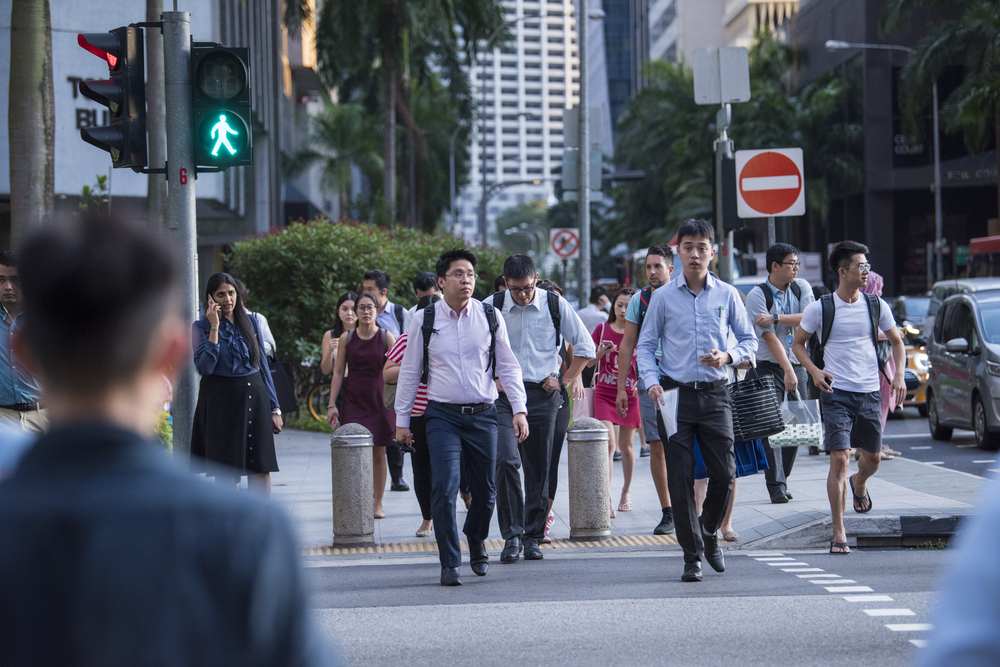
Despite persistent travel advice, money belts often create more problems than they solve. Their awkward positioning makes accessing money conspicuous rather than discreet, essentially advertising: ‘Tourist with cash here!’ More practical approaches include distributing money across multiple locations – some in a day bag, some in a front pocket, and some in accommodations.
The real security risk isn’t dramatic pickpocketing but instead leaving valuables unattended during beach swims or distracted moments. Develop situational awareness rather than relying on hidden pouches stretched uncomfortably under your clothes.
Like Travel Pug’s content? Follow us on MSN.
The Bargaining Reality Check
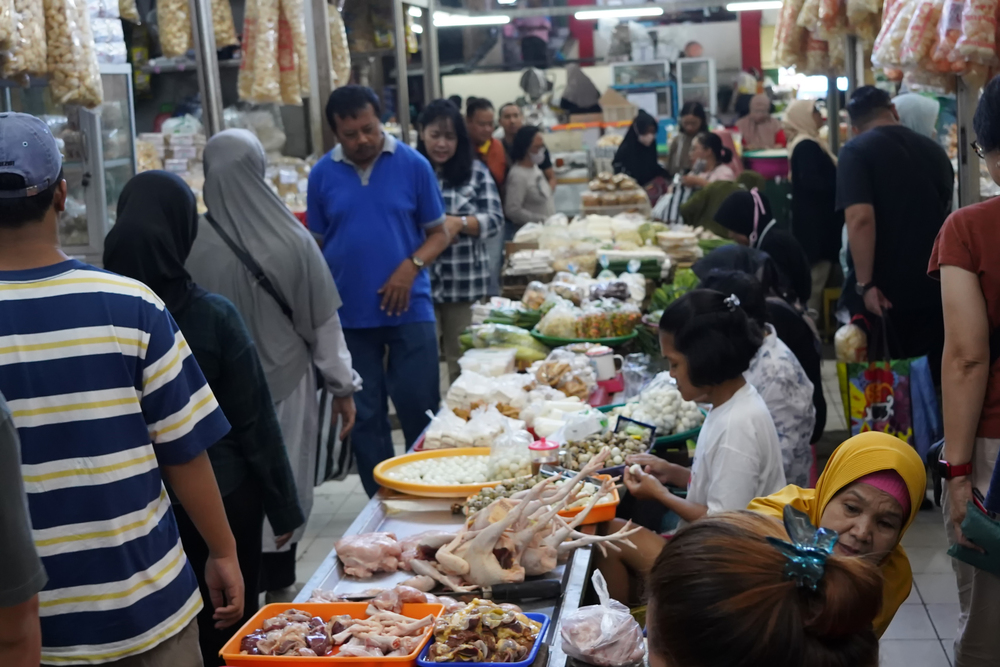
While bargaining remains expected in many Southeast Asian contexts, the process differs substantially from romanticized travel narratives. Aggressive negotiation over amounts equivalent to pocket change for Western travelers often creates uncomfortable dynamics with locals earning modest incomes.
Experienced travelers develop balanced approaches – bargaining firmly but respectfully for tourist-oriented purchases while accepting fixed prices for necessities and food. Remember that ‘winning’ a negotiation by saving 50 cents isn’t worth the negative energy. Aim for fair prices rather than rock-bottom deals.
The Laundry Logistics Problem
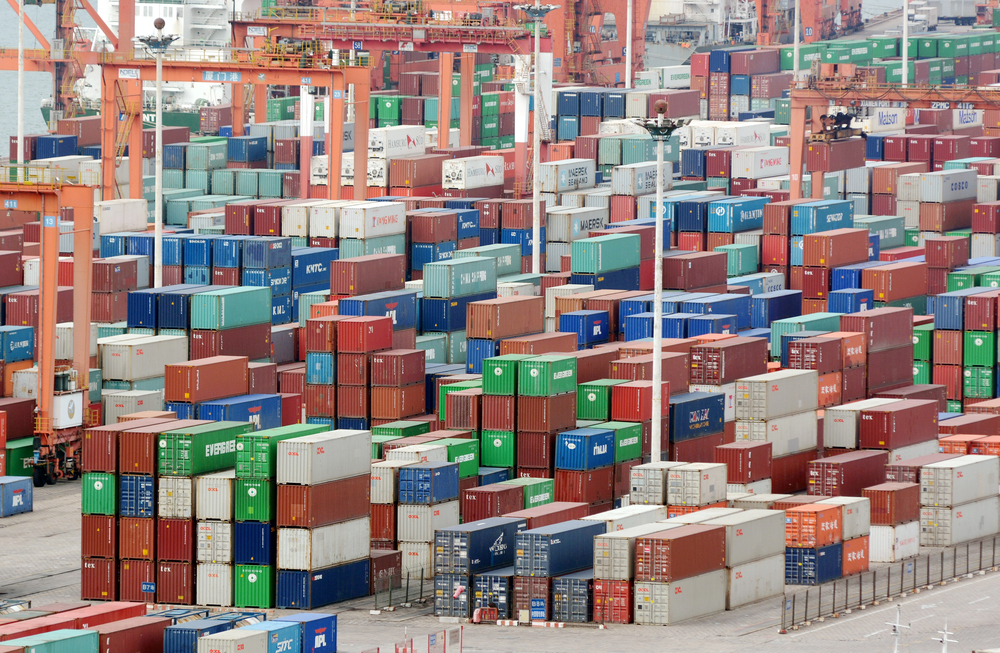
Keeping clothes clean during humid tropical backpacking proves surprisingly challenging. Laundry services vary dramatically in quality—from professional operations to guesthouses simply hanging clothes in humid air without proper drying.
Meanwhile, hand-washing requires adequate drying time, which is rarely available to travelers changing locations every few days. Strategic laundry planning becomes unexpectedly important, particularly for longer trips.
Pack clothes that hide stains well, rinse quick-dry underwear in sinks when necessary, and build longer stays strategically at accommodations with reliable laundry services.
The Accommodation Photograph Reality
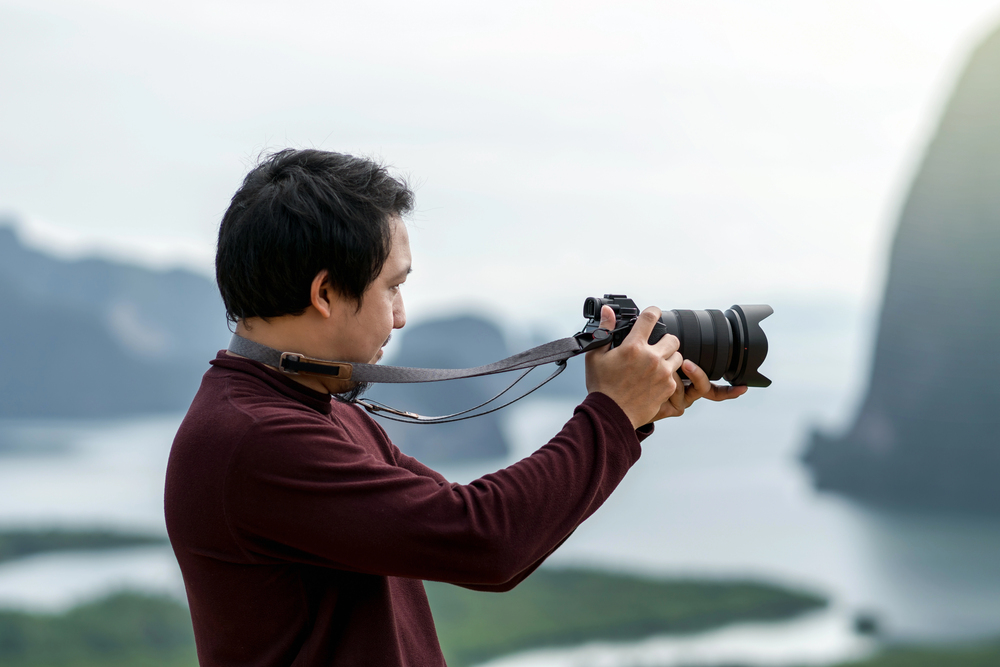
Online accommodation photos rarely match reality in Southeast Asia. Budget guesthouses master flattering angles and lighting that transform basic rooms into seemingly charming havens.
Seasoned travelers expect rooms to be smaller, darker, and less pristine than photographs suggest. Rather than booking accommodations for entire trips in advance, savvy travelers reserve only their first few nights and then book subsequent stays based on personal inspection or recommendations from travelers met along the way.
This flexibility allows discovering hidden gems while avoiding unfortunate extended stays in disappointing places.
Like Travel Pug’s content? Follow us on MSN.
The Wi-Fi Situation

Despite claims of ‘free Wi-Fi’ nearly everywhere, connectivity varies dramatically across the region. Guesthouses may offer technically functioning connections that are too weak to load basic websites, while cafes with strong signals often limit usage to customers during specific hours.
Experienced travelers maintain realistic expectations about digital connectivity, downloading essential information before arrival and embracing occasional disconnection as part of the experience. For those needing reliable internet, investing in local SIM cards with data plans provides more consistent connectivity than relying on establishment Wi-Fi.
The Beer Economy Paradox

In many Southeast Asian countries, mass-produced beer costs nearly the same as in Western nations, while everything else remains significantly cheaper. This creates a strange economic paradox where budget travelers can blow their daily food budget on just a few drinks.
Experienced backpackers develop strategies like pre-dinner drinks in guesthouses, seeking happy hour specials, or embracing local spirits, which often cost substantially less than imported or even domestic beers. Understanding that alcohol represents one of the few non-bargains in Southeast Asia helps maintain realistic budgets.
The Backpack Size Reality
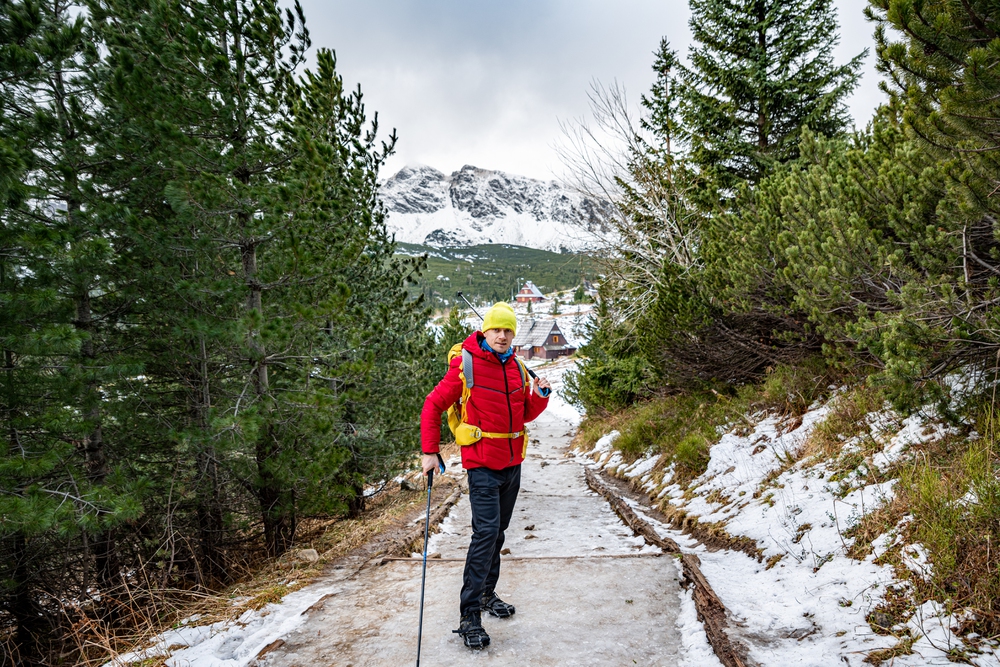
Most first-time backpackers bring packs far larger than necessary, creating physical strain and transportation challenges. The truth experienced travelers know: nobody ever wishes they brought more stuff to Southeast Asia.
The region offers inexpensive clothing purchases if needed, while laundry services exist everywhere. Consider 35-45 liter packs maximum rather than traditional 65+ liter backpacking monsters.
This size fits overhead compartments on buses and budget flights, slides easily under beds for security, and prevents the temptation to accumulate unnecessary items throughout your journey.
Like Travel Pug’s content? Follow us on MSN.
The Tourism Ethics Dilemma

Many popular activities in Southeast Asia involve complicated ethical considerations rarely discussed in guidebooks – from elephant riding to orphanage visits. Travelers often participate in problematic tourism without realizing the potential negative impacts on communities, environments, or animal welfare.
Research ethical alternatives before arrival – sanctuaries instead of riding camps, community-based tourism instead of exploitative ‘human zoos.’ Making conscious choices requires preparation, as on-the-ground operators rarely volunteer information about problematic practices behind seemingly authentic cultural experiences.
The Ecosystem of Scams
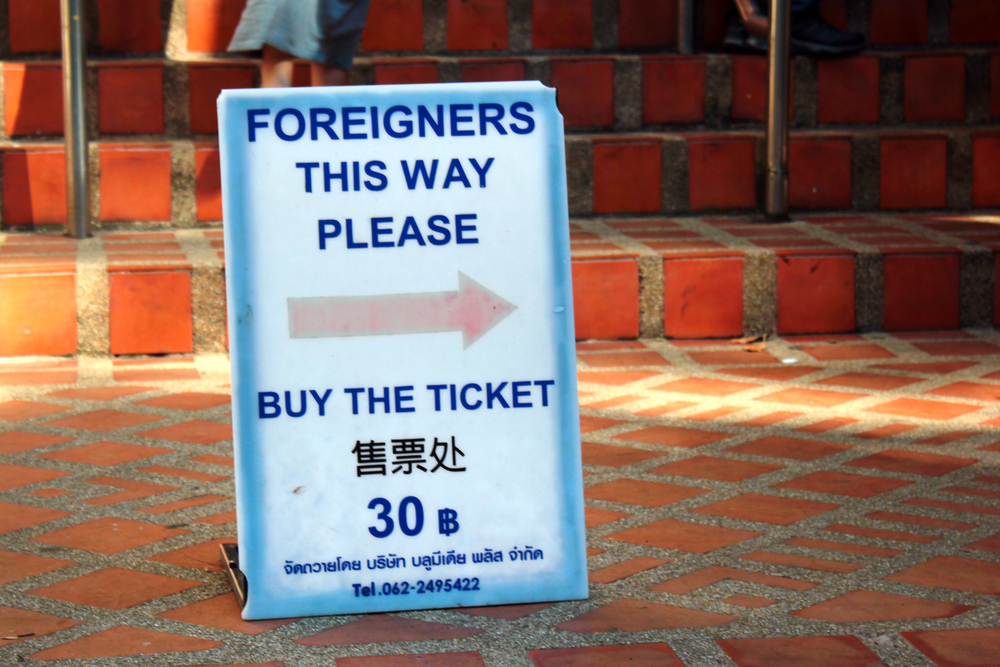
Rather than one-off incidents, scams in Southeast Asia often involve elaborate ecosystems of coordinated individuals. The friendly local who suggests a wonderful shop might receive a commission, while tuk-tuk drivers recommending ‘special’ events often participate in sophisticated schemes.
Common patterns include gems or tailoring scams, ‘closed temple’ redirections, and transportation overcharging. The best defense isn’t paranoia but healthy skepticism combined with research on common scams in each destination.
When something seems surprisingly convenient or someone shows an unusual interest in your plans, pause before proceeding.
The Pollution Reality

Environmental challenges affect many popular destinations – from plastic-covered beaches to urban air pollution that exceeds safety standards. Bangkok, Hanoi, and other major cities regularly experience harmful air quality levels, while once-pristine islands struggle with waste management.
Experienced travelers pack accordingly – bringing reef-safe sunscreen, reusable water bottles with purification systems, and masks for urban areas during pollution peaks. Supporting environmentally conscious businesses makes a difference, though sometimes the most responsible choice means skipping heavily impacted destinations entirely in favor of better-managed alternatives.
Like Travel Pug’s content? Follow us on MSN.
The Packing Mismatch Problem

Most packing lists for Southeast Asia emphasize lightweight clothing while overlooking items nearly impossible to find locally. What experienced travelers wish they knew: quality sports bras, effective sunscreen, reliable tampons, and precise-size footwear often prove difficult to source.
Meanwhile, basic clothing items like t-shirts and casual pants can be purchased inexpensively throughout the region. Smart packing prioritizes specialized personal items while minimizing easily replaceable clothing. This approach provides flexibility while ensuring essentials remain available throughout your journey.
The Cultural Learning Curve
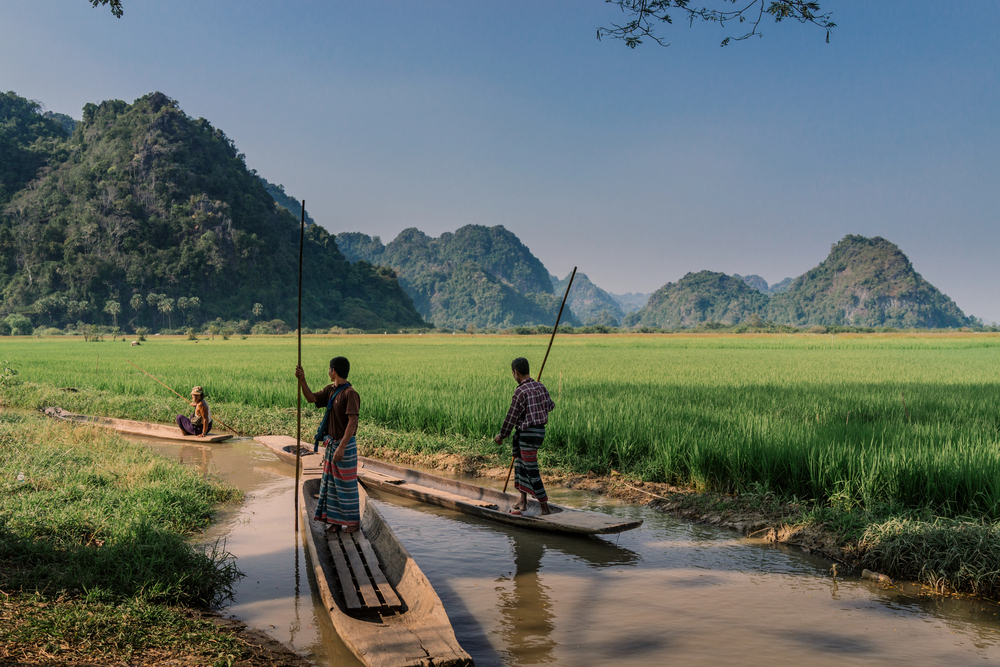
Guidebooks oversimplify complex cultural norms into simplistic rules – don’t touch heads, remove shoes at temples, dress modestly. While these basics matter, deeper cultural understanding develops through observation and respectful questions.
Notice how locals interact, mirror their body language, and observe reactions to your behavior. The most successful travelers maintain a heightened awareness of surrounding social cues rather than following rigid rules.
This adaptability allows genuine connection across cultural differences while avoiding unintentional offense through context-specific behaviors guidebooks never mention.
The Return Culture Shock
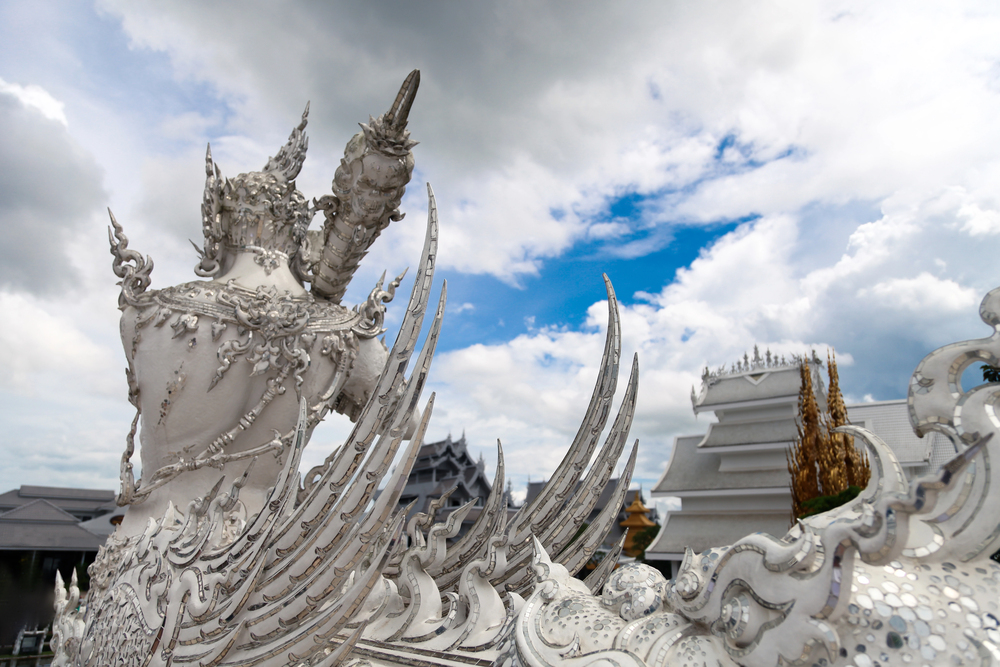
While pre-departure preparation focuses on adapting to Southeast Asia, many travelers find returning home equally challenging. After experiencing different values, pace of life, and social connections on the road, Western consumerism and scheduling often feel jarring upon return.
Long-term travelers particularly notice this reverse culture shock, sometimes struggling to communicate their experiences to friends and family. Building decompression time into post-trip planning helps process these transitions.
The most profound souvenirs from Southeast Asia aren’t physical objects but perspective shifts that permanently alter how you view your home culture.
Like Travel Pug’s content? Follow us on MSN.
The Reality Beyond the Postcard
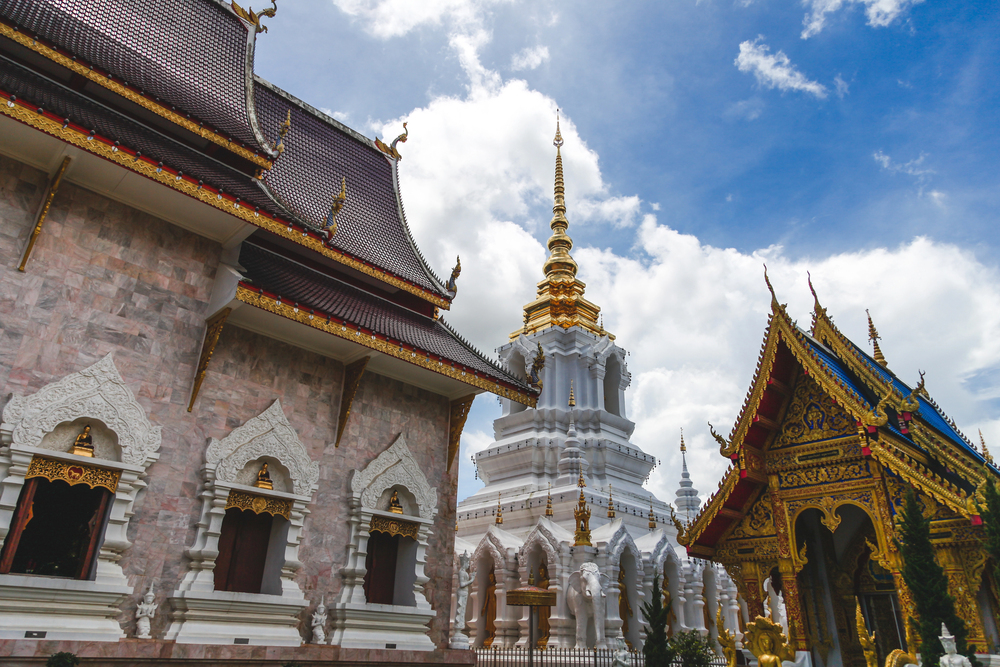
Southeast Asia offers transformative travel experiences precisely because it challenges Western expectations while rewarding flexibility. The challenges described here don’t diminish the region’s magic but rather prepare travelers to appreciate its complexity beyond postcard simplifications. By understanding these realities beforehand, travelers develop resilience that transforms potential frustrations into memorable adventures.
The most rewarding journeys through Southeast Asia aren’t perfect Instagram stories but rather messy, authentic experiences that change how you see both the world and yourself. This understanding, more than any packing list or itinerary, truly prepares you for backpacking Southeast Asia.
More from Travel Pug

- 20 Destinations That Were Once Thriving but Are Now Quietly Disappearing
- 15 Hidden Spots in Disney World’s Magic Kingdom Most Visitors Miss
- 20 Once-Popular Beach Towns That Are Now Ghostly Empty
- 20 Beautiful US Lakefront Towns Where You Can Live for Under $2000 a Month
- 20 Caribbean Islands That Are Safer Than People Think
Like Travel Pug’s content? Follow us on MSN.
